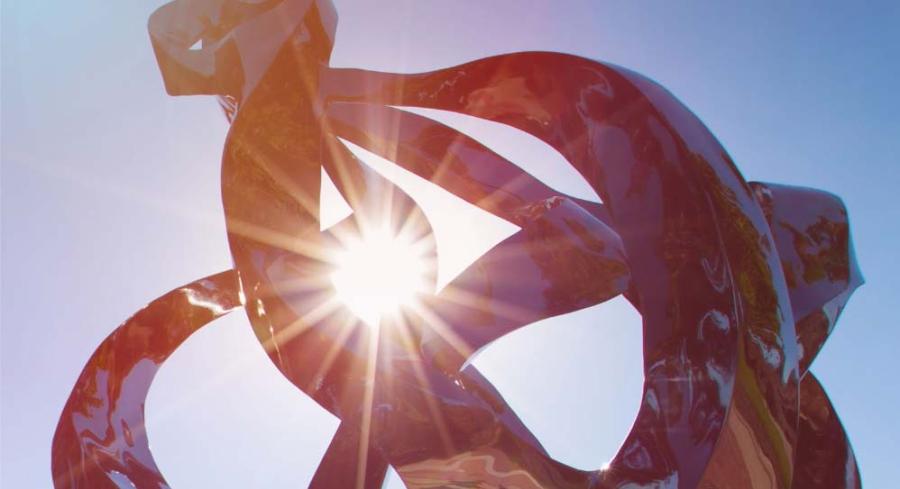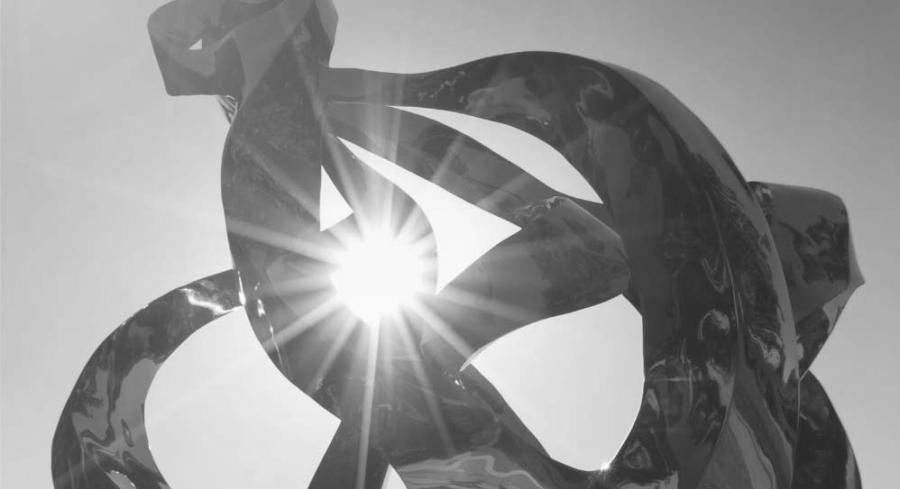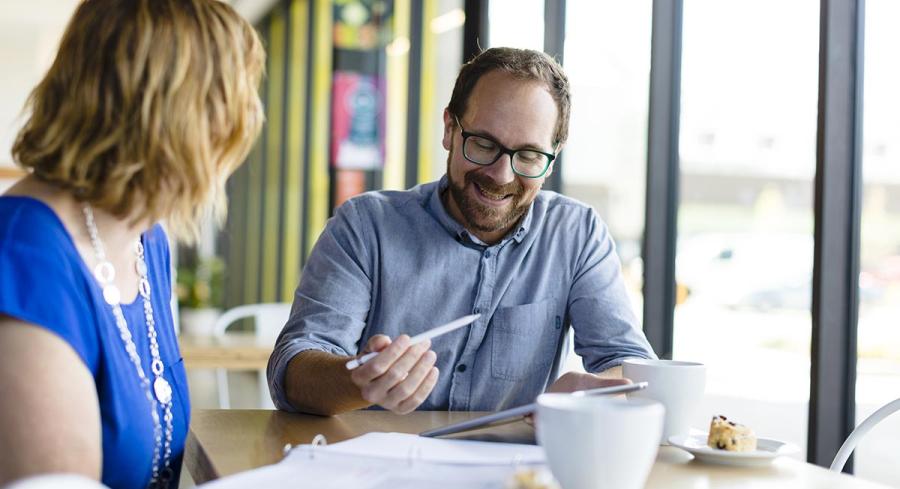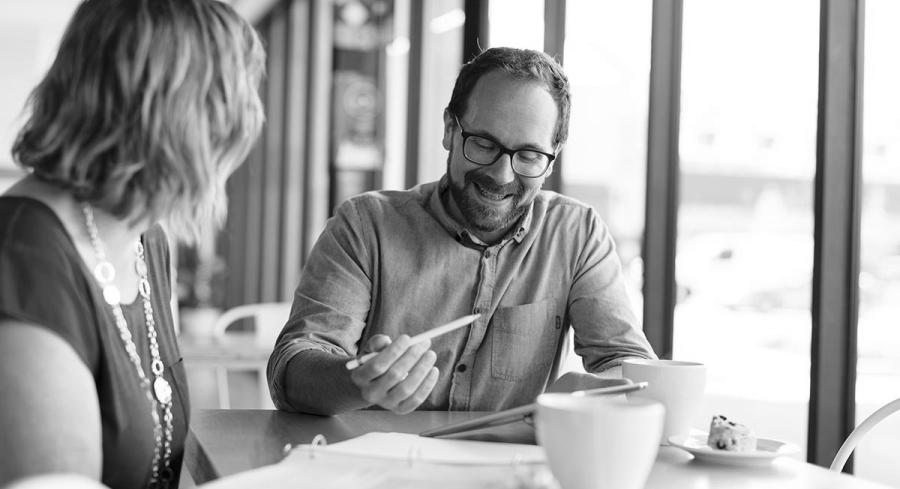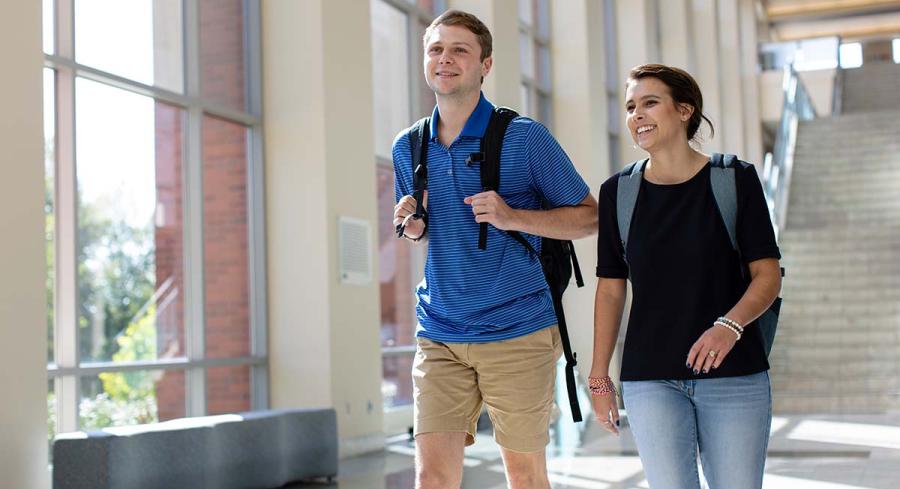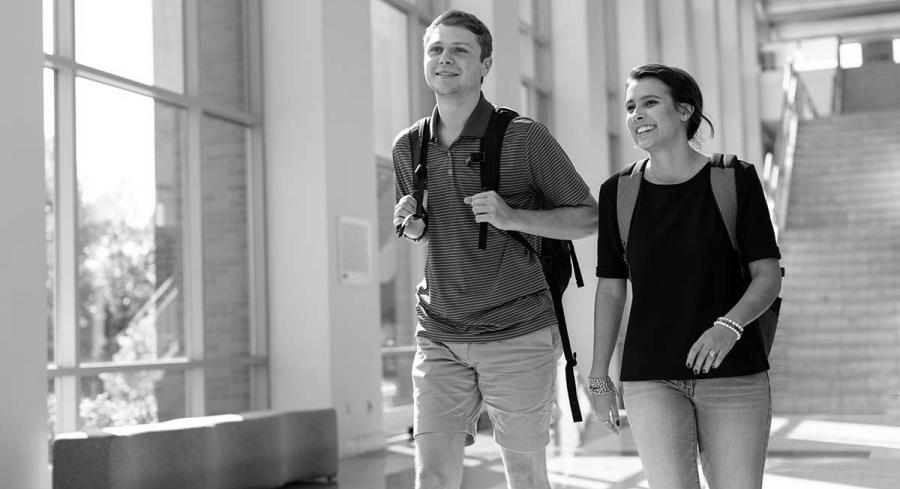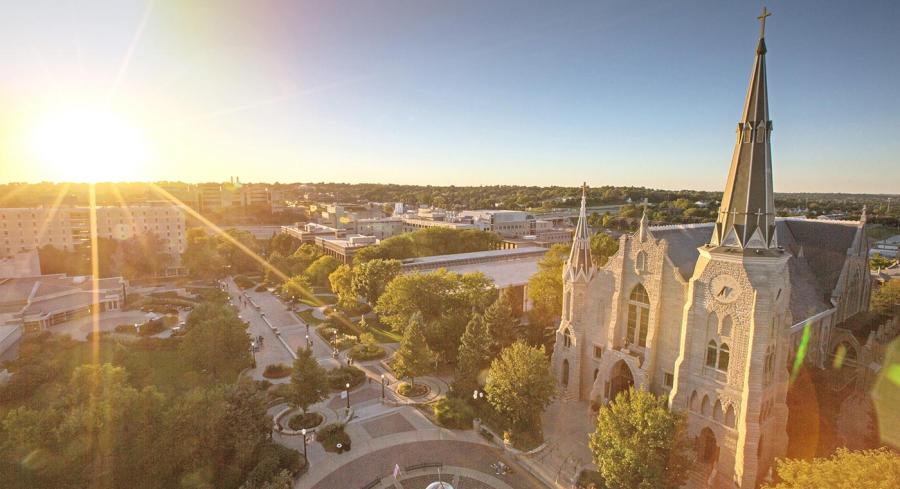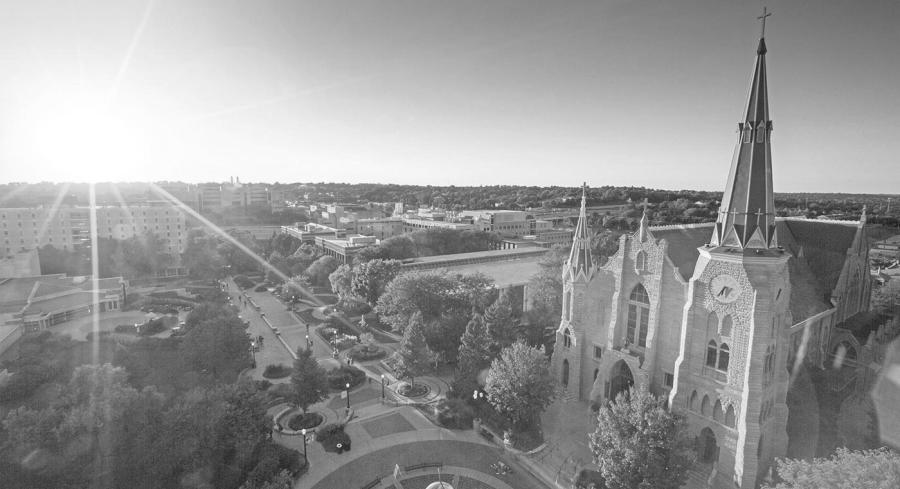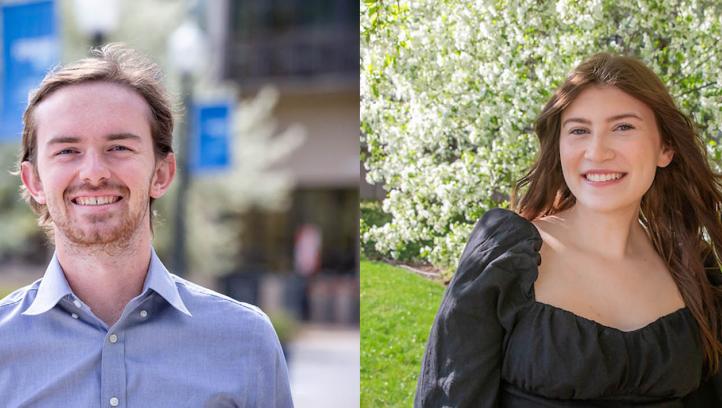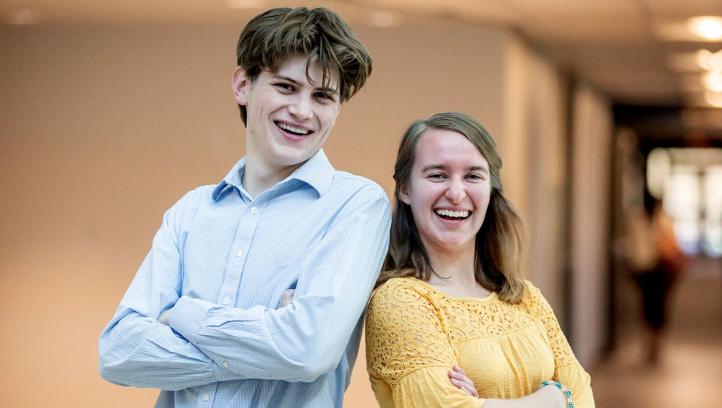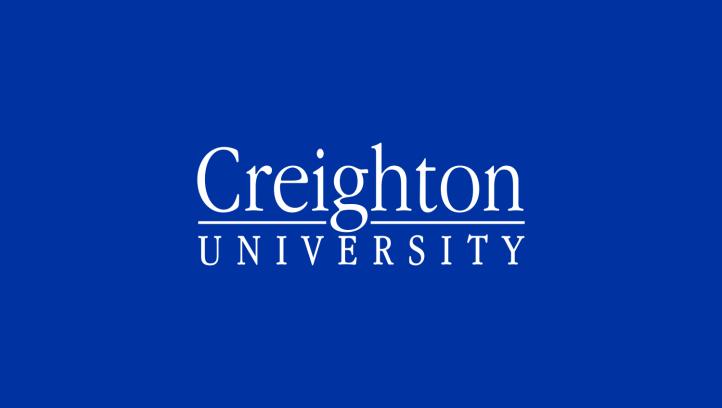
Knowledge Donor Program accelerates learning on Phoenix campus
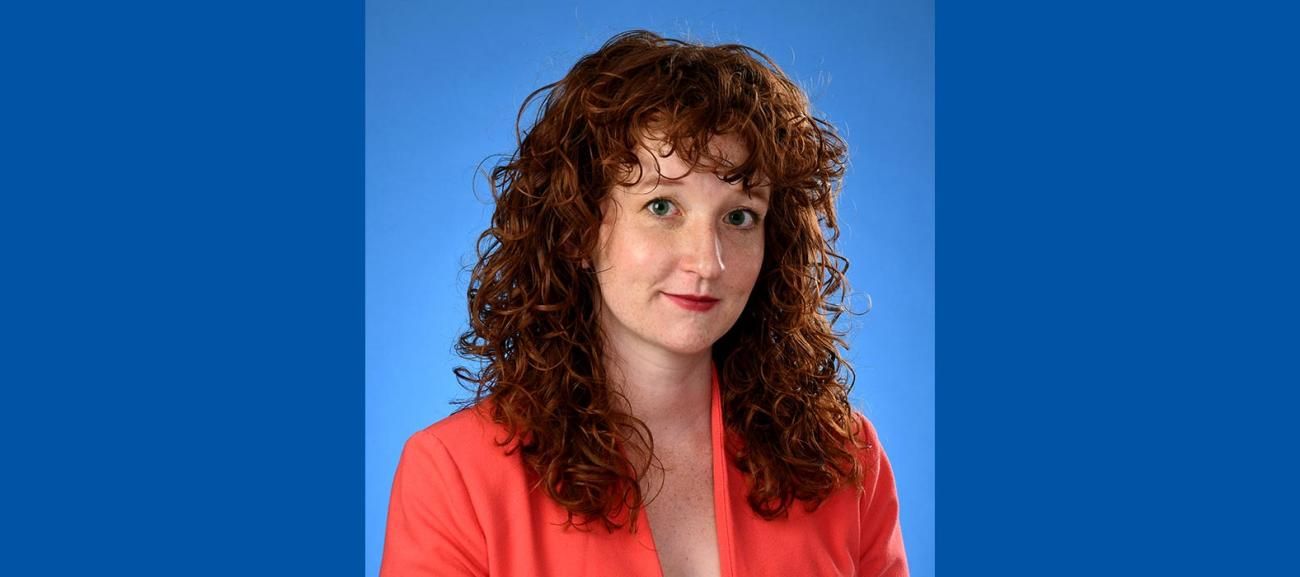
At Creighton, there is dignity among the dead.
“We use the term ‘cadaver’ very, very sparingly,” says Kayla Gray, (pictured above) director of the anatomy lab at the Creighton University Health Sciences Campus – Phoenix. “We refer to all of our decedents as ‘donors’ to really emphasize for our learners that these are human beings.”
For medical students and residents everywhere, working with deceased human remains is a part of the intense process of medical education. The bodies, usually preserved with formaldehyde, serve as a tool for physicians-in-training to learn human anatomy and practice new procedures.
But students and residents at Creighton’s School of Medicine in Phoenix are getting a different experience during their cadaveric training. They are working with bodies that have been preserved in a nonformaldehyde solution, which leaves the tissue in a more natural state.
The program, called the Knowledge Donor program on campus, allows students — and sometimes even experienced physicians — to train more effectively on deceased donors so that they are better prepared to treat living patients.
The contrast between traditionally preserved bodies and those on the Phoenix campus is stark, says Hahn Soe-Lin, MD, a trauma surgeon and clinical simulation director on the Phoenix campus.
When bodies are preserved in formaldehyde — a technique that has been common for more than a century at least — the skin yellows, the tissue dries and bodily joints stiffen.
“What we find is that, when students who have worked with formaldehyde-preserved bodies in the anatomy lab get to their clinical rotations, stepping into the operating room or trauma bays, they have to pretty much relearn all of anatomy,” Gray says. “They’re looking at unfamiliar body structures, because what they’ve learned does not translate into clinical relevance.”
The program involves medical students in the anatomy lab, and also surgical residents with Creighton’s School of Medicine in Phoenix. The idea, Soe-Lin says, is that residents working with the Knowledge Donor bodies will be able to learn certain procedures faster and better before working on live patients.
“If you take a learner, and you give them multiple repetitions in a high-fidelity simulated environment, they’re going to become better and pass that learning curve a lot sooner than they were before,” he says.
Working with medical students with no prior training, program administrators have found that, after six iterations of practicing a procedure with the Knowledge Donor bodies, the students were able to perform the procedure as fast as the trauma faculty with no mistakes, says Keith Paley, MD, program director of the surgery residency program.
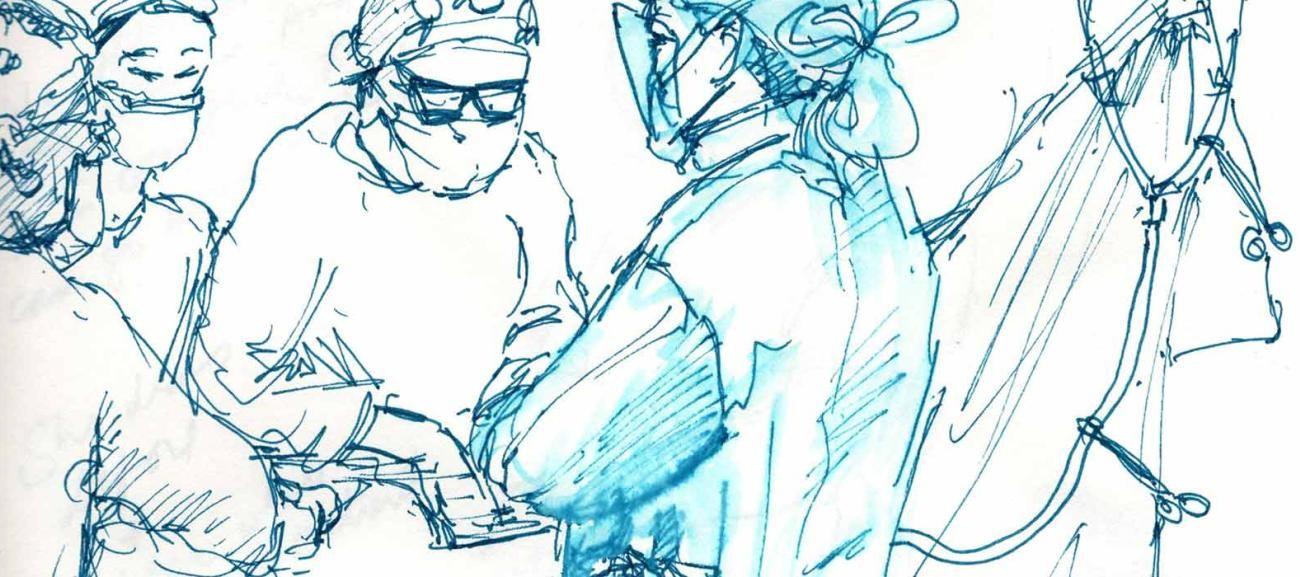
“You now have medical students who are capable of performing a life-saving maneuver,” Paley says. “That’s the power of this type of training.”
Experienced physicians on campus have also benefitted from the program. Last year, Thomas Gillespie, MD, professor in the School of Medicine at the Phoenix campus, was able to practice a rarely performed abdominal nerve procedure on one of the Knowledge Donor bodies before repeating it on a live patient.
Guided by Creighton’s Jesuit mission, the program operates in an environment that recognizes the humanity of the donor bodies. Students in the anatomy lab debrief after working with the bodies, and are invited to reflect on how the experience made them feel, Soe-Lin says.
“We are very cognizant that we are starting to bring trainees early on in their medical education, perhaps earlier than before, to interface with a program that involves lifelike dissection and models and trauma scenarios,” he says. “We certainly want to be sensitive to making that transition easy, while also helping these students recognize the depth of what they’re doing and how they’re learning.”

